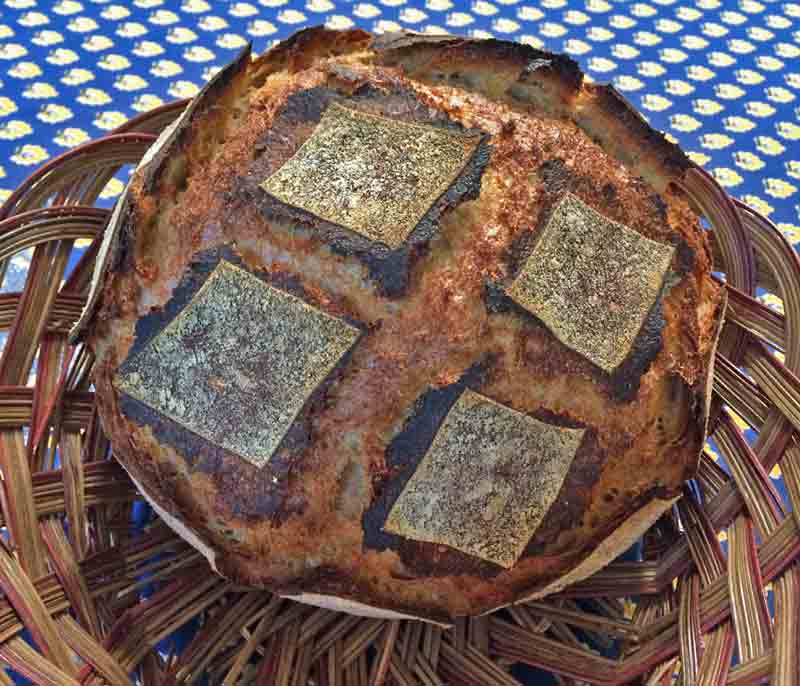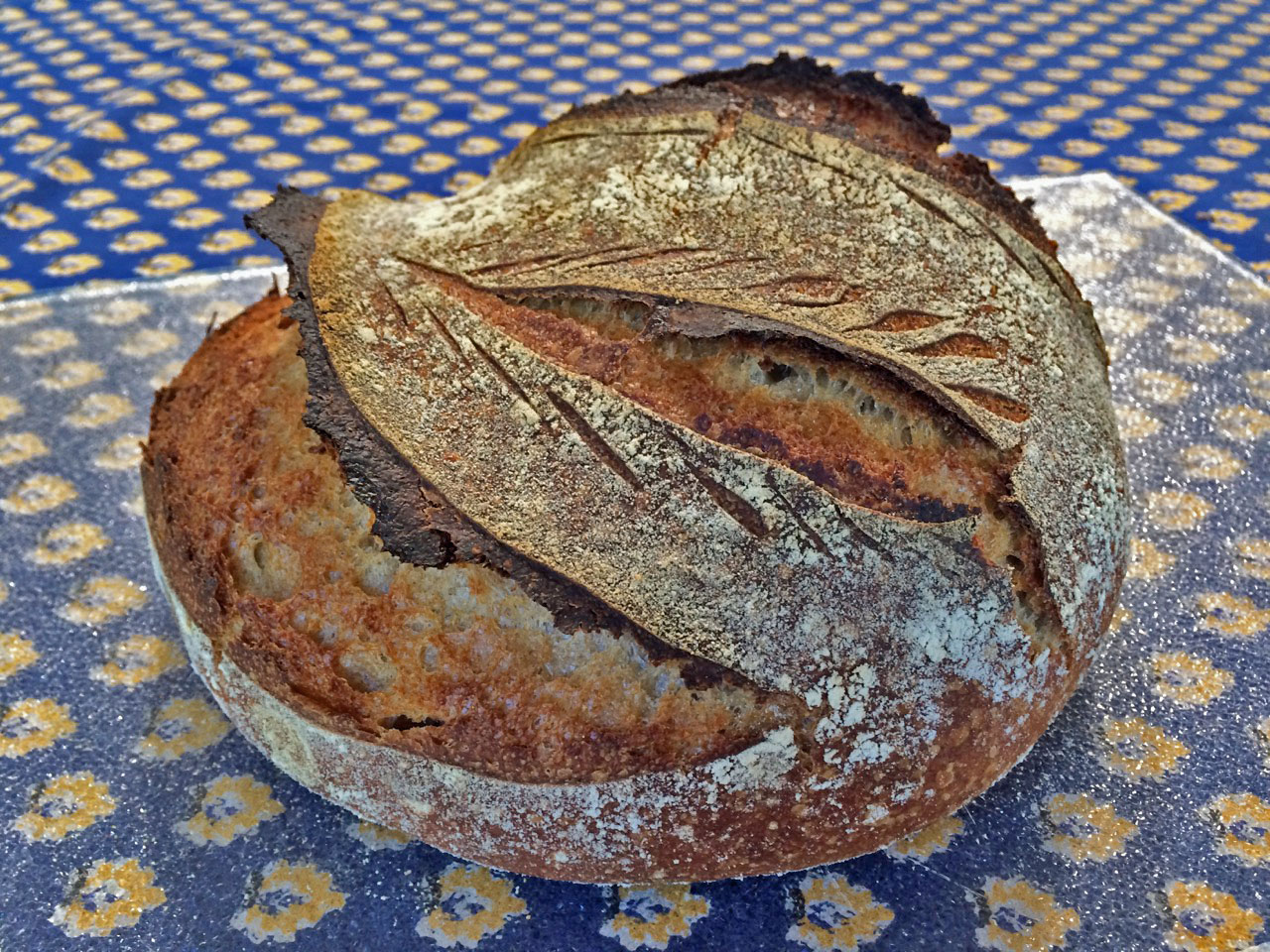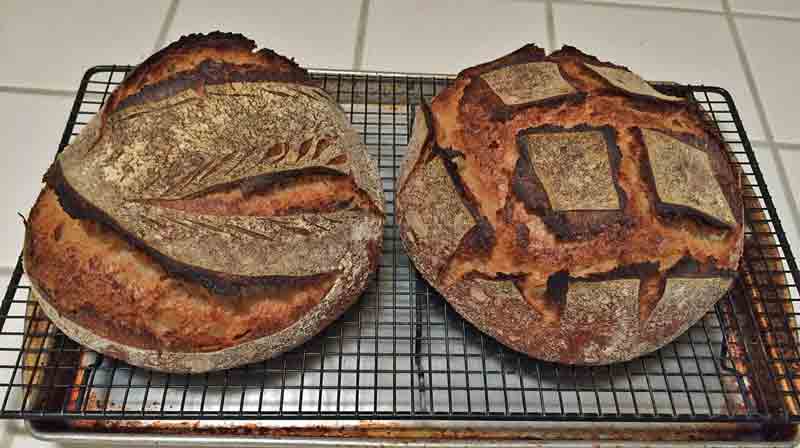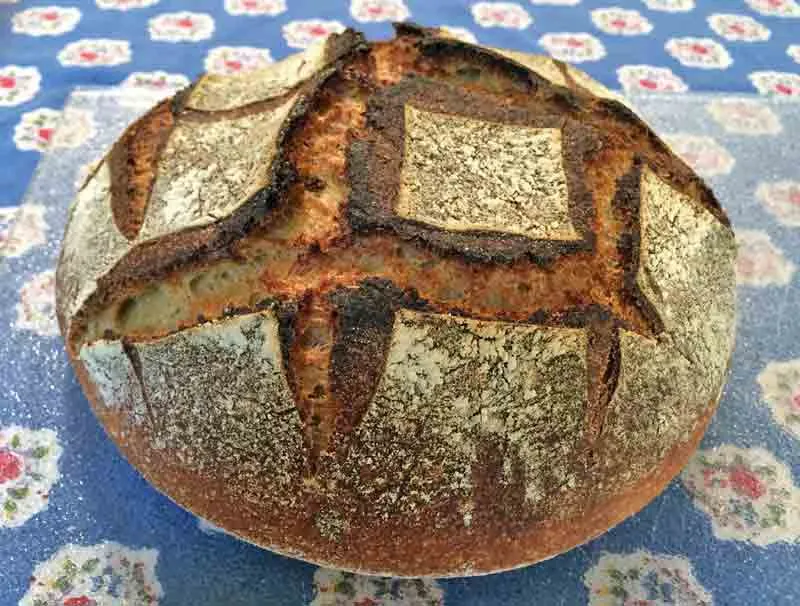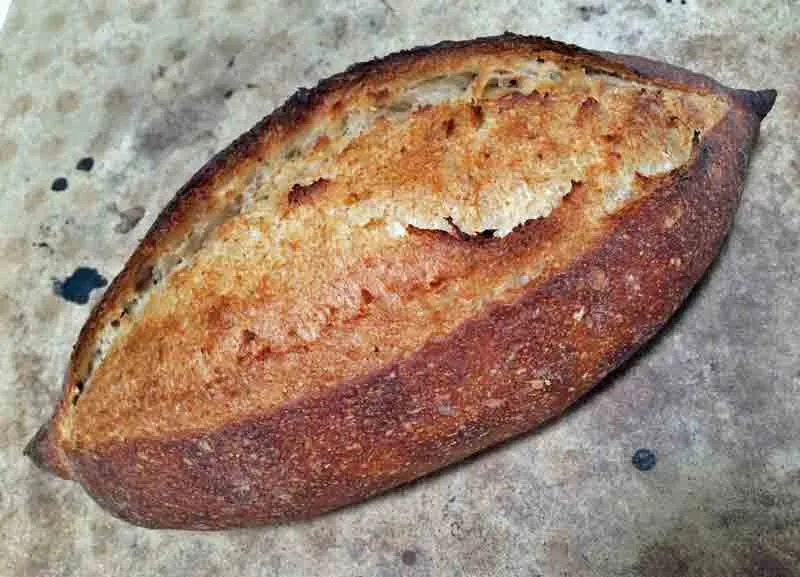Jewish Sour Rye: an update

Ten years ago, in October, 2008, I first converted George Greenstein's recipe for Jewish Sour Rye from volumetric to weighed ingredients. I posted my formula here, and I make this bread with some frequency. I recently noted that I apparently never did document the baker's math for this formula, which makes it more challenging to scale up or down. So, after making a 3 pound loaf of this wonderful bread today, I worked out the baker's math, and I will share it, along with a more heavily annotated set of procedures.
Jewish Sour Rye Bread




